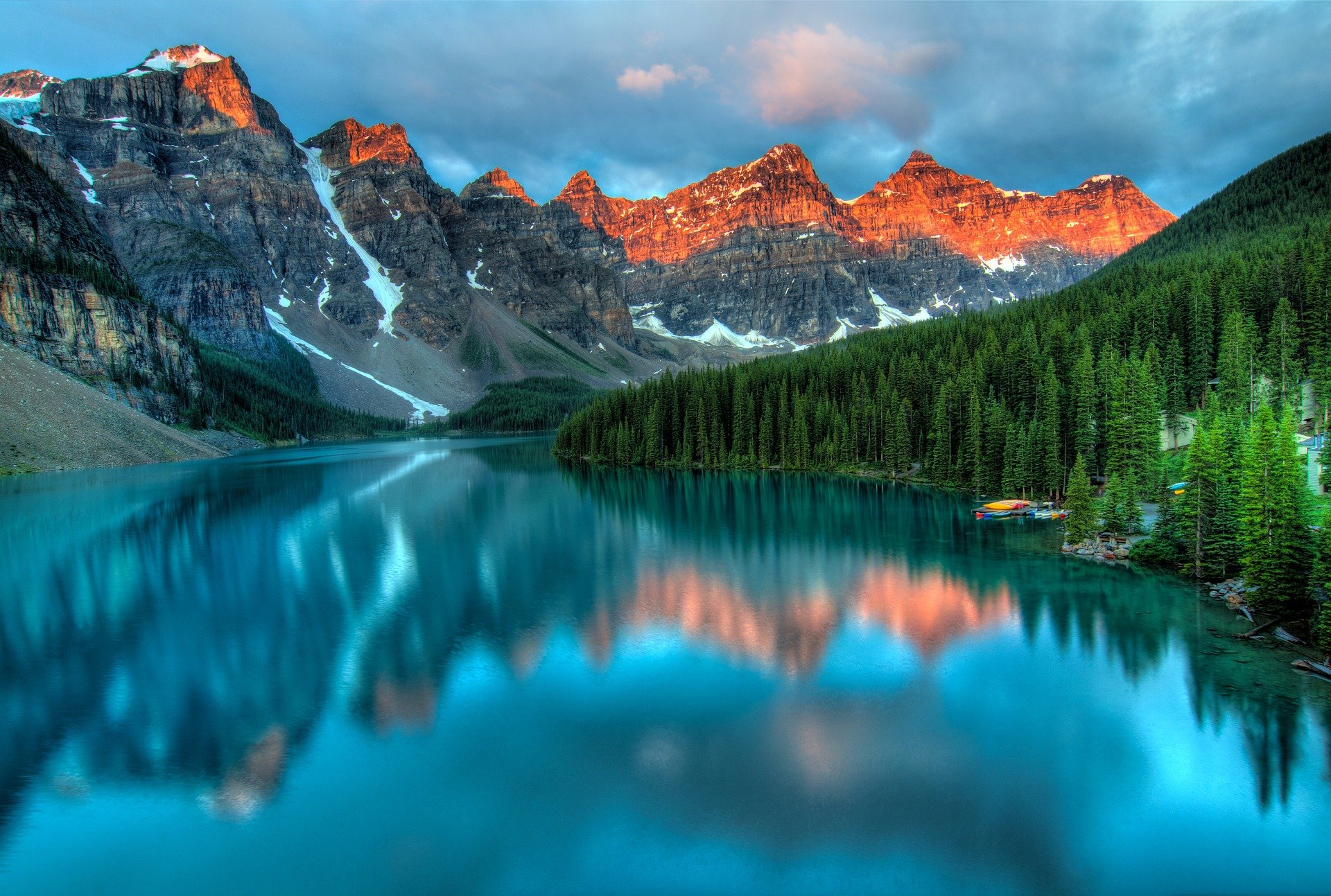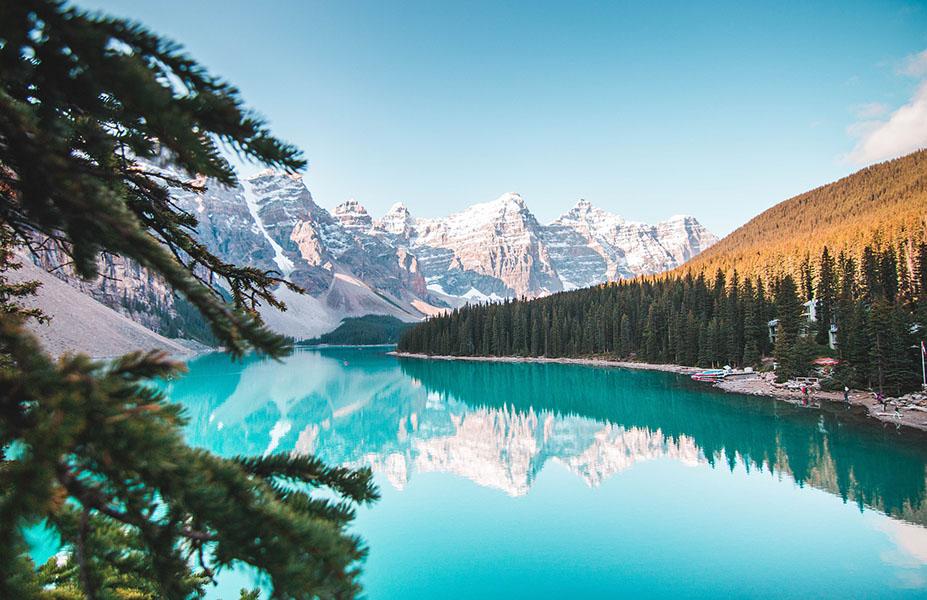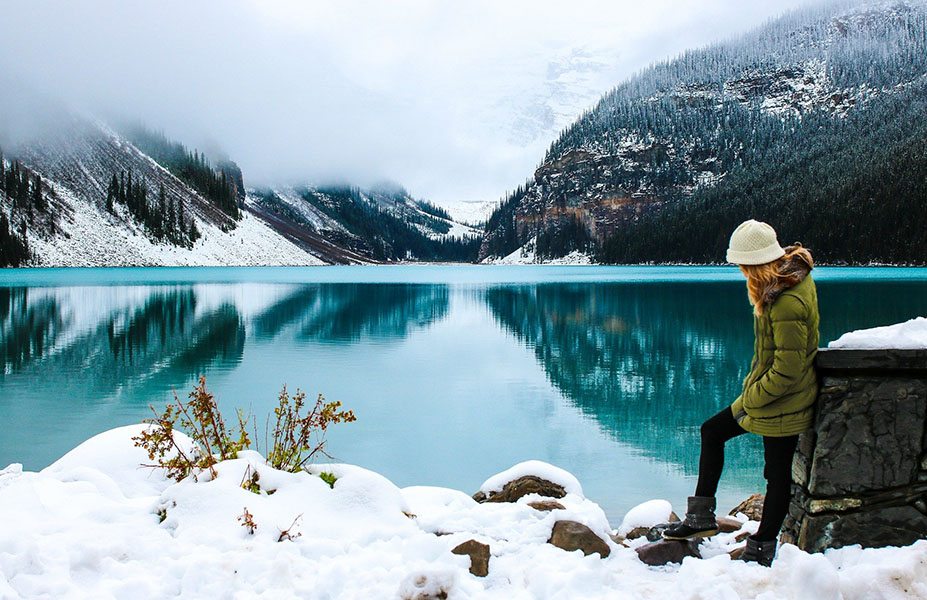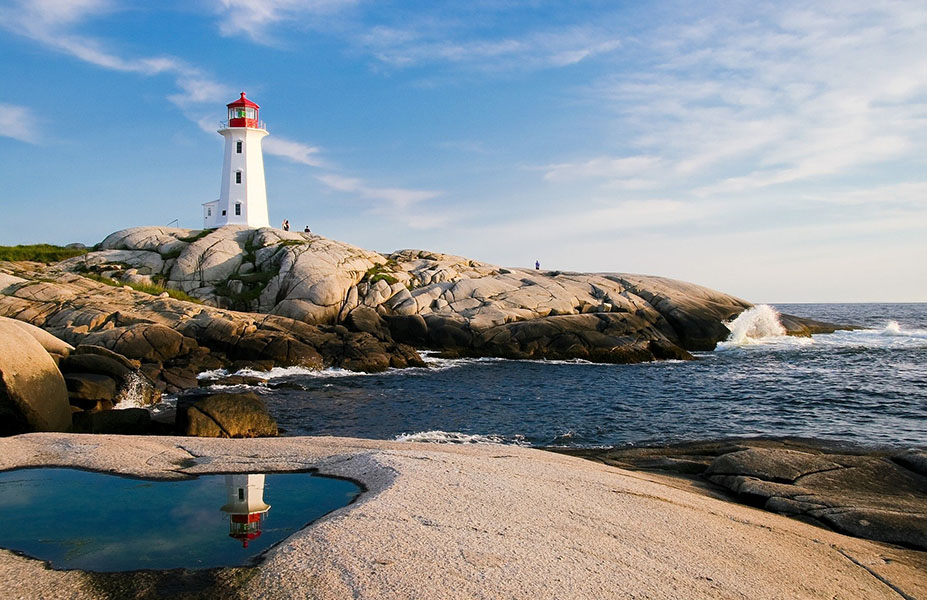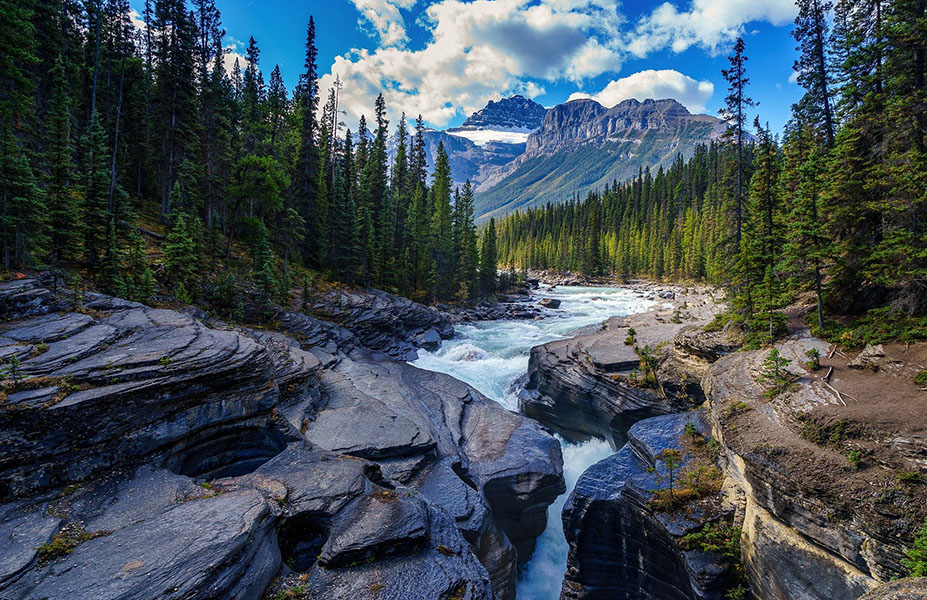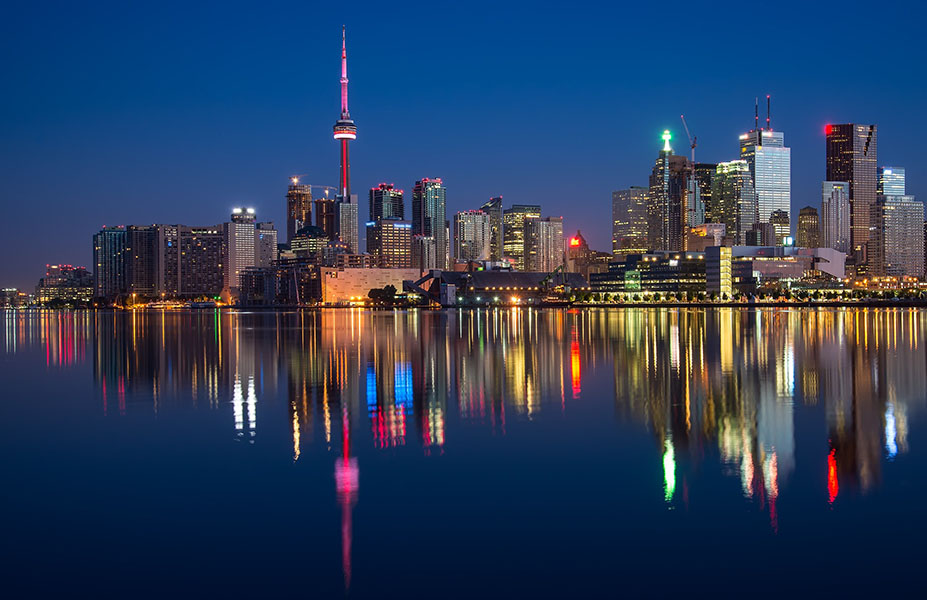Don’t miss next deals! Sign up for email alerts. Subscribe to #canada alerts »
Currency – Canadian dollar (C$)
Language – French, English
Vaccine – No vaccinations are required.
Electricity – 120V. 60 Hz. Power plugs and sockets are of type A & B
EMERGENCY TELEPHONES
National Police: 911
Medical emergency: 911
It is the largest country in North America and the second in the world. In addition to being extensive, it is extremely varied in its landscape where high peaks of the Rocky Mountains of the west, the tundras of the north and the wide meadows of the central part stand out. To the south it is populated by very dense forests. There is an abundance of lakes and rivers standing out among the first some of the largest in the world, Upper Huron, Erie, Ontario, Bear, Slave and Winipeg.
TOURIST SITES OF CANADA
Ottawa
Ottawa is no longer just a small city with a rich past and the seat of Canada’s federal government. Ottawa has evolved into a true global high-tech leader. Corel, Nortel Networks, Cognos, Alcatel, Mitel, JDS Uniphase, among many other companies have offices in the region.
In terms of tourism, in addition to the historical and cultural attractions that attract Canadian citizens to visit its capital, there are numerous festivals in summer such as the famous Tulip Festival and the Canada Day Festivities.
In terms of tourism, there are several festivals in the summer, such as the popular Tulip Festival and the Canada Day Festivities, in addition to historical and cultural attractions that attract Canadian people to the city.
Montreal
Because of its French Canadian and multicultural blend, Montreal is one of the most interesting cities in North America. It is a world-class city where French and English cultures coexist, connect, and feed on a diverse range of other cultures, resulting in a cosmopolitan and progressive urban environment. Montreal is known for its fantastic festivals, such as the Juste Pour Rire Festival. The Canadian Grand Prix is one of Montreal’s most exciting events. Montreal seduces with its charming Old Montreal corners. Montreal, meanwhile, nurtures and satisfies with international culinary specialties.
Quebec
Québec is North America’s only fortified town. You will immerse yourself in its romance as you walk along its winding streets on foot or in a buggy. Visit the city’s oldest neighbourhoods, such as Petit Champlain, the Place-Royale, and the Old Port, to immerse yourself in the city’s heritage. The capital offers a calendar of totally current events in this historically rich environment: a major winter carnival and summer festival, plays and exhibitions…
Toronto
Toronto, Ontario’s capital, is one of North America’s most cosmopolitan cities. More than 4.8 million people live in the Toronto metropolitan area (2.6 million in what was the central municipality of Toronto). Queen’s Park, a few blocks from the Center (Downtown), the location nearest to Lake Ontario, is the provincial government’s seat.
Vancouver
This town, one of the most beautiful in the United States, easily captures the heart of the traveler. The Pacific Ocean, the bay, and the city itself can all be seen from the hill on which it is situated, or from the many bridges that cross it. And its American neighbors are raving about the weather, which is mild by Canadian standards and has a carefree and cheerful California-style feel.
Rocky Mountains
The Rocky Mountains, which run along the Alberta-British Columbia frontier, are home to two massive national parks: Banff to the south and Jasper to the north. While Jasper National Park is more extensive and unexplored, Banff National Park was Canada’s first official wildlife sanctuary, and the city that bears its name has been the country’s first tourist destination, both in summer and winter.
The Great Plains
Canada’s vast plateaus extend into the heart of the country, covered in golden wheat fields and sunflowers, from the base of the Rocky Mountains to Alberta, Saskatchewan, and Manitoba. Locals also lament the fact that, considering the beauty of the Rocky Mountains, they are unable to gaze at the scenery. The Blackfoot Indian Heritage, which includes the Head-Smashed-In Buffalo Jump near Fort Macleod, is one of Alberta’s most popular tourist attractions. Riding Mountain National Park is a 3,000-square-kilometer wooded oasis nestled among Manitoba’s grasslands, home to bison and cyclists.
Niagara Falls
The world-famous Niagara Falls are just a couple of hours’ drive from Toronto. If you’ve been to Canada, you’re probably already familiar. The falls are on the US-Canadian border, and there are two falls: the Canadian and the American (smaller).
The Falls Tourist Area in southern Ontario is well-known for its popularity as a honeymoon destination.
DAILY LIFE
It is very varied, like the population and the provinces.
IN BARS AND RESTAURANTS
Although the legislation on alcoholic beverages varies from one province to another, in general, bars under 19 years of age cannot consume alcohol.
TIPS
Generally, tips and service charges are not added to the account, but a tip of 15% of the total amount is given. This also applies to waiters, hairdressers, taxis, etc. In hotels, airports and railway stations, it is sufficient to give porters and bellboys a dollar for each piece of luggage.
RELIGION
47% Catholic.
22.8% Protestants.
11.7% Non-religious.
8.5% Anglicans.
3.0% Orthodox.
1.5% Muslim.
1.2% Jews.
0.1% Buddhists.
HOLIDAYS
January 1 New Years.
July 1 National Day of Canada.
November 11 Memorial Day.
25th December, Christmas.
December 26 Second day of Christmas (except in Québec).
Movable Good Friday.
1st. Monday before May 25 Queen Victoria Day.
1st. Monday in September Labor Day.
2nd Monday in October Thanksgiving Day.
In Quebec they are also holidays:
January 6 Epiphany.
June 24 Saint John the Baptist.
November 1 All Saints.
December 8 Day of the Immaculate Conception.
CLIMATE
Very varied due to its great extension in latitude. Generally continental, with cold winters and mild summers.
TYPICAL DISHES
Poutine – mix of French fries, grain cheese and gravy.
Beaver Tail – fried cookie with a topping (Oreo, Nutella, peanut butter, chocolate with almonds and also apple with cinnamon)
Maple Syrup – Similar to the texture of honey (but, looking at it with a different taste), it is used in pancakes, crepes, waffles and even ice cream.
Nanaimo Bar – Made with a cookie base, vanilla cream and covered in chocolate.
Pouding-Chômeur – Cake made with flour, eggs, butter and milk.
Smoked Meat – This food originated in Montreal, and is a smoked meat served with rye bread and plenty of mustard, served as a sandwich.
Macaroni & Cheese – In Canada, cooks add the famous Oka Cheese, so the recipe becomes special from Canada.
Tourtièrev – Filled with meat, chicken or pork, this typical Canadian dish is prepared with vegetables and herbs.
Calgary Beef Hash – Typical cured meat dish from Calgary, which is located in the central part of Canada. It is accompanied by beans and barbecue sauce, chips or salads.
BEVERAGES
Canadry – A typical Canadian soda, as popular as Coca Cola itself.
Canadian beer and country wines.
LOCAL FRUITS
Raspberries, apples, wild berries.
AIR TRANSPORT
There are two large companies Air Canada and Canadian Air Lines. The first flies to 80 different destinations within the country. There is an international airport in Ottawa, Toronto, Montreal, Vancuver, Calgary and Québec. Airports are far from the towns, for this reason the most important airports in Canada offer transportation services to urban centers, by buses, trains, taxis and limousines. Rates are calculated according to the distance between the airport and the destination.
BOAT TRANSPORT
Due to the amount of lakes and rivers and the many existing islands, there are innumerable means of fluvial and maritime transport that exist. In the major cities, there are regular ones, for the daily transport of their inhabitants or of a tourist type. There is also maritime transport between the islands and the mainland.
BUS TRANSPORT
It is cheaper than the train. There are two large national companies:
Greyhound Lines of Canada Ltd. and Voyageur Colonial Ltd.
Fares on urban transport buses are fixed. In some cities you have to bring the exact amount of the ticket, since the drivers do not sell tickets or carry money.
RAILWAY TRANSPORT
The rail network stretches from coast to coast. The total journey takes four days. There is no rail line in the Northern Territories or the Yukon. It is a very slow means of transport and is quite expensive. There is a “Canrailpass” discount voucher. There are also organized trips that can be interesting.
ROAD NETWORK
The road network is excellent except in the Northern Provinces, Yukon and the Northwest Territories.
DRIVING
Driving is on the right. The maximum speed allowed varies by province. It goes from 80 to 100 km/h.
RENTAL CARS (We recommend reserving us in advance):
It is the most economical system to visit the country. Most of the international rental offices have offices throughout the country. There are no rules regarding prices. Generally it tends to be more expensive in summer, in secluded cities such as Whitehorse or Yukon, if they are rented for less than three days or if you leave the car in a different city than the one we rented it from. To pay it is essential to have a credit card, otherwise a large sum is required as a deposit.
RENT A CAR at Quebec International airport >>>
TAXIS
There are in all major cities. They can be taken in the middle of the street, in the vicinity of large hotels and stations, at airports and also by calling them by phone. The rates are variable.
Don’t miss next deals! Sign up for email alerts. Subscribe to #canada alerts »

